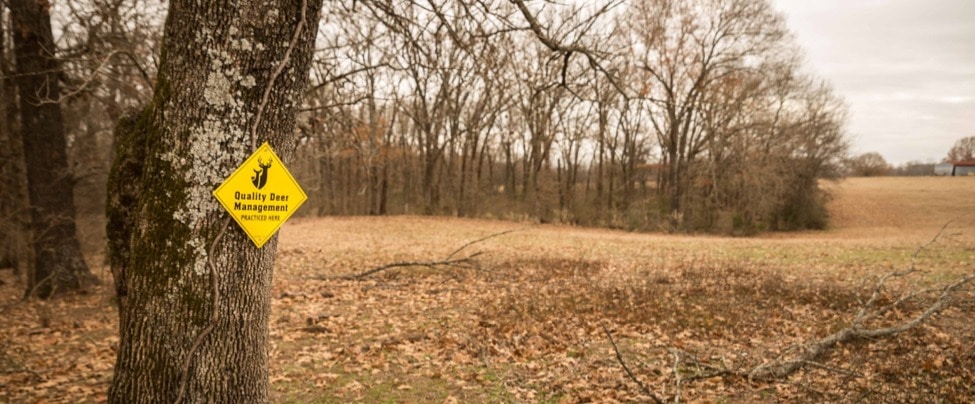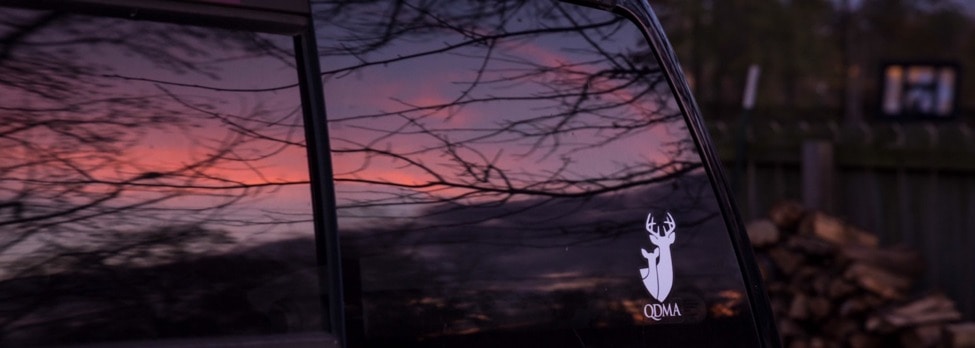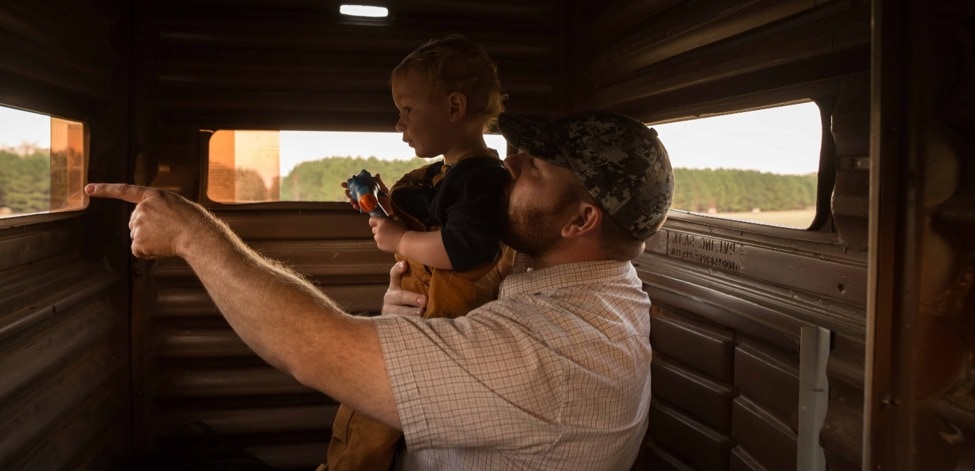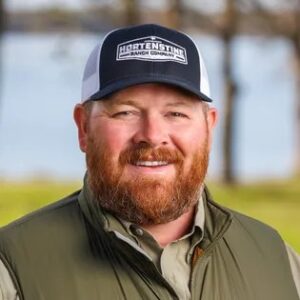 In our four-part series we’ve discussed habitat management, herd management and now we find ourselves diving into one of the most challenging aspects of wildlife management, HUNTER MANAGEMENT, managing the people in and around your ranch. The human component is one of the key ingredients to achieving the goals you’ve set for your property, but it’s one that few have mastered.
In our four-part series we’ve discussed habitat management, herd management and now we find ourselves diving into one of the most challenging aspects of wildlife management, HUNTER MANAGEMENT, managing the people in and around your ranch. The human component is one of the key ingredients to achieving the goals you’ve set for your property, but it’s one that few have mastered.
As we all know too well, people are hard to control, especially when it comes to land and big bucks. The selfish nature of humans is one of the tallest hurdles to get over when it comes to deer management. We all want those bucks to stay on our side of the fence, we want those fawns to be born on our property and stay there, we want, we want, we want… But what if we took a step back and looked at managing deer from a regional standpoint and not just within our property lines? Whether we want to admit it or not, most of us are managing our neighbor’s deer throughout the year. On the flip side, they are managing ours too! So, it just makes sense to make that phone call or knock on the neighbor’s door, share a cup of coffee with him and join forces in deer management. Right?
That’s obviously much easier said than done. I even find myself having a hard time with it due to the trust factor. In 2016 I took my largest buck to date on the land we lease in East Texas. I finally had physical proof that I could share with my neighbors that allowing a buck to grow to 5 ½ years old was worth the wait. That extra year did wonders! But my excitement was also met with hesitation. I began to wonder if my transparency would bring cooperation or issues with poaching. See, I grew up in a hunting culture of “if you don’t shoot that buck, your neighbor will” mentality. Even I have been guilty of allowing that to influence my decision on taking certain bucks over the years. I hate to admit that, but it was the world we grew up in. As antler restrictions changed and education became more accessible, the hunting public began to transition their mentality into more of a “let them go so they can grow” frame of mind. It has taken some years, but we are much farther along than we were 10-15 years ago. Most of the larger land owners and deer managers have been there for decades, but the general public and smaller land owners are dragging behind.

So, what’s the answer? I believe it purely comes down to trust. If you don’t trust your neighbor and trust the system of sound deer management, you’ll always have that hole in your plan. The Quality Deer Management Association has what they call QDMA Cooperatives that are formed by landowners coming together and collectively adopting a general management plan for their properties. Once we have that mutual understanding, your neighbors (typically) feel more comfortable about letting that 3 ½ year old buck walk next season, because they know that you are going to do the same thing. It just takes a leap of faith to initiate that conversation. In many cases several adjoining landowners can group up, establish a game plan and essentially manage their collective properties together and have much more control of their herd dynamics. You don’t have to manage the exact same way, but the take away is that everyone is on the same page with their end goals.
 Another aspect of hunter management is managing the hunters on our own property. Many of us share a property with other tenants, hunting club members, or the actual land owner and his family. Either way, we still have to maintain a collective effort each season to achieve above average goals. Communication is the key. In most situations someone has to step up and take the lead, otherwise, you’re all doing different things throughout the year that could very well be working against each other. Food plots, supplemental feeding programs, stand placement, and most importantly harvest goals all need to be planned amongst the crowd. Getting everyone on the same page can literally make or break your long-term management goals. This is where education is important. You likely have some younger or less experienced hunters sharing your property, which is great, we need to embrace these individuals and teach them. There’s a lot of information at our fingertips these days but being focused in your approach to education can bring them in much quicker. Don’t overwhelm new hunters with the details of managing deer. Bring them in slowly and show them by example what being a deer manager means. Take them with you when you’re assessing habitat quality in late spring and physically show them native plants preferred by deer. Invite them out when you coordinate a controlled burn, put them in a position to learn and be successful. We all have responsibilities to share information and pass the torch. Being open-minded and willing to learn ourselves is equally important. There’s always something new to learn.
Another aspect of hunter management is managing the hunters on our own property. Many of us share a property with other tenants, hunting club members, or the actual land owner and his family. Either way, we still have to maintain a collective effort each season to achieve above average goals. Communication is the key. In most situations someone has to step up and take the lead, otherwise, you’re all doing different things throughout the year that could very well be working against each other. Food plots, supplemental feeding programs, stand placement, and most importantly harvest goals all need to be planned amongst the crowd. Getting everyone on the same page can literally make or break your long-term management goals. This is where education is important. You likely have some younger or less experienced hunters sharing your property, which is great, we need to embrace these individuals and teach them. There’s a lot of information at our fingertips these days but being focused in your approach to education can bring them in much quicker. Don’t overwhelm new hunters with the details of managing deer. Bring them in slowly and show them by example what being a deer manager means. Take them with you when you’re assessing habitat quality in late spring and physically show them native plants preferred by deer. Invite them out when you coordinate a controlled burn, put them in a position to learn and be successful. We all have responsibilities to share information and pass the torch. Being open-minded and willing to learn ourselves is equally important. There’s always something new to learn.
So, take a chance, spend some quality time with your kids, neighbors, and friends and expand your deer hunting community. Be patient and remember to take it one step at a time. We all had to start somewhere.

To learn more, be sure to read Stephen’s first two articles of the series: Intensive Deer Management on Your Ranch and Managing the Deer Herd on Your Ranch.
Download Printable eBook for this Article
About the Author: Stephen Schwartz is a Texas licensed farm and ranch real estate agent with Hortenstine Ranch Company and a graduate of Texas A&M with a BS in Agricultural Engineering. Mr. Schwartz has now earned his Level 2 Deer Steward, QDMA . Stephen is also a gifted photographer and captured the beautiful images in this article. Learn more about Stephen Schwartz at https://hrcranch.com/stephen-schwartz/


